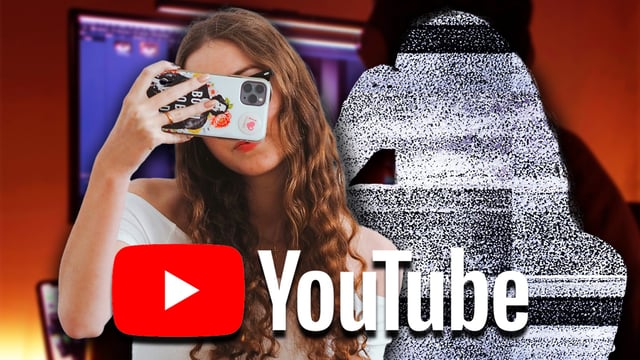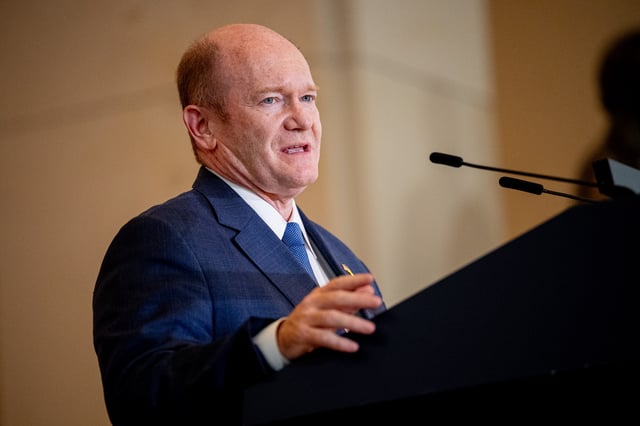Overview
- YouTube has broadened its likeness detection pilot to include top creators like MrBeast, Mark Rober, and Marques Brownlee, aiming to refine AI detection tools for managing unauthorized synthetic content.
- The company publicly declared its support for the bipartisan NO FAKES Act, which empowers individuals to report unauthorized AI-generated likenesses for removal.
- YouTube's likeness detection technology builds on its existing Content ID system and was developed in partnership with the Creative Artists Agency (CAA).
- Updated privacy tools allow individuals to request the removal of synthetic or altered content simulating their likeness, enhancing personal control over AI-generated depictions.
- The NO FAKES Act, reintroduced by Senators Chris Coons and Marsha Blackburn, aims to balance innovation with protection by standardizing rules around AI replicas of faces, voices, and names.



